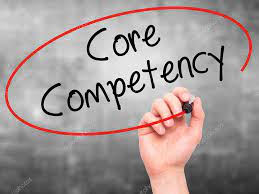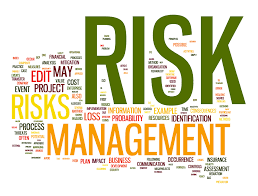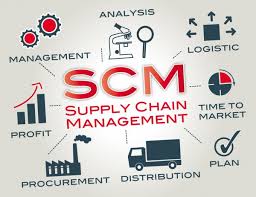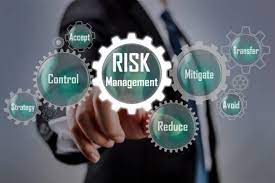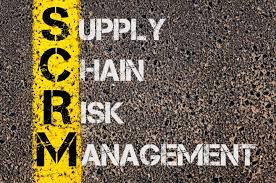Click: Thousands of research publications & presentations (all copies available upon request, including from my library)
For some reason, this is my most viewed paper (over 20,000 reads): Using FMEA for Supply Chain Risk Management, click For some reason, this is my most cited research paper (over 500 citations): Toward a measure of the competitive priorities for purchasing, click SUPPLY CHAIN RESEARCH COLLECTION and INTEREST Operations and Sourcing Strategy, Environmentally Responsible Manufacturing, Total Quality Management, Environmental Cost Measurement Systems, Supply Chain Risk Management, Corporate Social Responsibility,...



